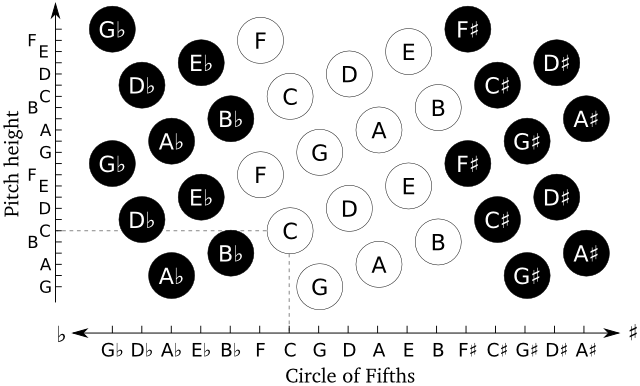It really depends, there are quite a few options, both with square (Launchpad, Push, LinnStrument) and hex (Exquis) layouts, plus customizable layouts on the Erae, plus some iPad stuff (I just recently discovered Geoshred, never thought the iPad’s screen could be a playable expressive instrument). It depends on your budget, whether you need MPE, whether you want to play chords a lot (64 pad controllers do get crowded), and whether you prefer square or hex based layouts.
Of course. To quote myself from this thread, an isomorphic keyboard still requires you to learn the theory, it just makes it way easier to apply it.
You still have to know the piano layout, since, as you’ve correctly pointed out, most resources on theory are based on it. It applies to any instrument, of course, I mean I know a lot of guitar players who don’t know anything about the piano layout, but I don’t know many good guitar players who aren’t familiar with it.
I did know a fair chunk of theory by the time I got a Launchpad, and I had some basic piano skills from learning it on and off over the years, but the thing it helped me with is exactly the issue raised in this topic: composing live instead of programming my music. Now I can improvise, and it comes naturally.
I’d argue that you can compose by programming every note in the DAW, or you can compose by improvising, and then developing the good ideas that are born right from that ear-brain-finger connection. You don’t have to be a good performer for that (my timing still sucks), but you have to have that kind of connection with the instrument you’re using.
This is one hundred percent true. I’d just add that it’s totally worth the trade-off.


